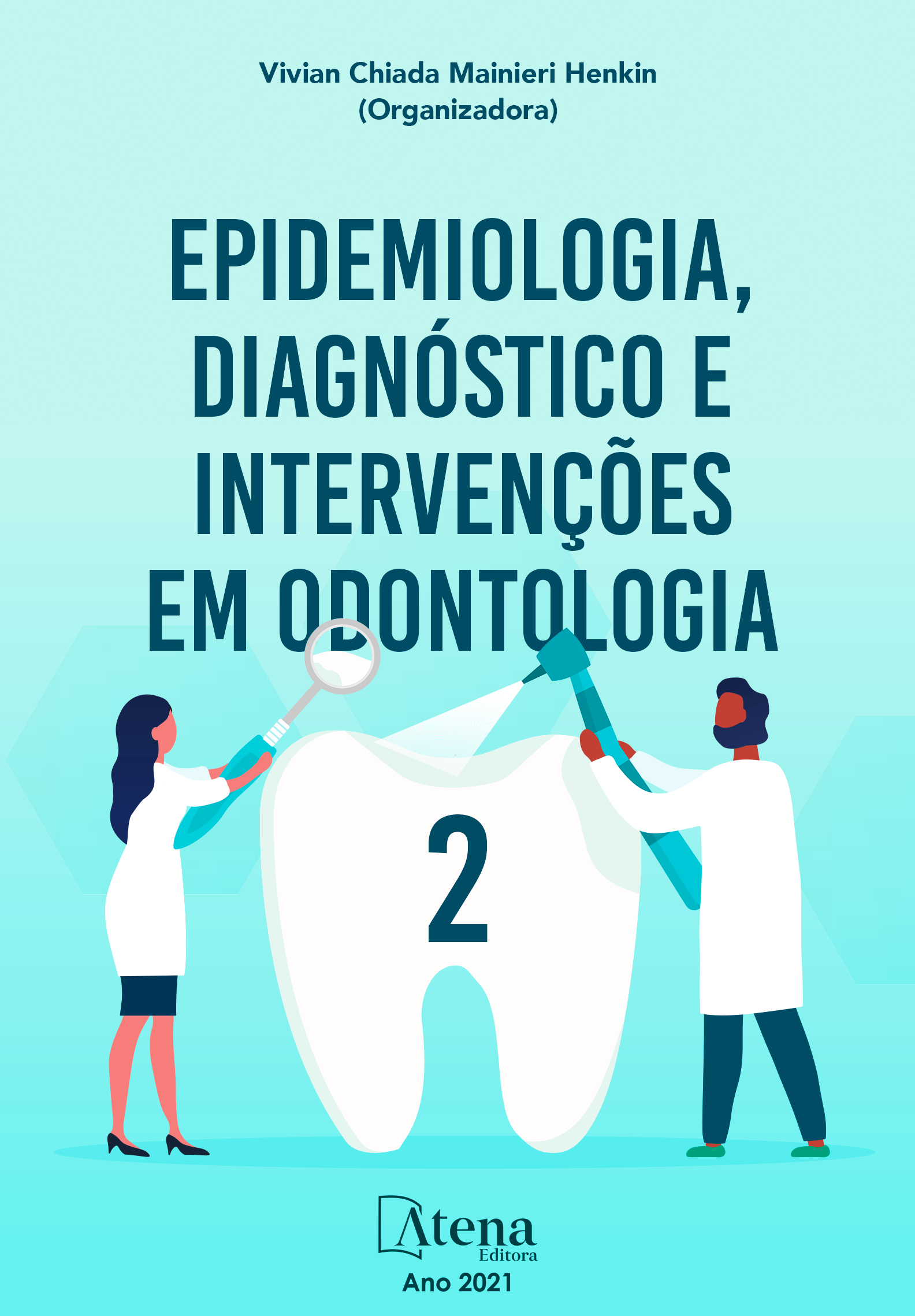
EFICÁCIA DA TÉCNICA FALAR-MOSTRAR-FAZER UTILIZADA NO ATENDIMENTO EM CLÍNICA DE ODONTOPEDIATRIA
O tratamento Odontológico, tem mostrado, em diversas vezes, como um grande desafio para o paciente (em especial, as crianças) e para o profissional, devido as condições aversivas presentes, como exemplo, o medo, a ansiedade, o nervosismo, são condições que leva ao paciente a cancelar ou adiar, suas consultas odontológicas. Dessa forma, a literatura sobre o tema esclarece que o profissional odontopediatra deve ter o controle de técnicas de manejo de comportamento, pois com a utilização dela, ele poderá ter uma garantia de uma melhor execução dos procedimentos no atendimento em crianças. Assim, o referido trabalho abordou as possibilidades de condutas comportamentais na técnica falar-mostrar-fazer para o atendimento clínico infantil, através de conhecimento teórico. Tal estudo foi elaborado a partir da metodologia de revisão bibliográfica em livros, revistas eletrônicas e sites que abordam o assunto. Foram mostradas algumas técnicas utilizadas com pacientes infantis, tais como, mão sobre a boca, contenção e física e técnica falar-mostrar-fazer. E a partir de todos os estudos analisados, foi possível concluir que a técnica falar-mostrar-fazer, é amplamente utilizada e aceitável, na abordagem da criança no consultório odontológico, para o profissional adquirir confiança com o paciente, proporcionado a melhoria da qualidade de vida deste indivíduo. Mas para que essa técnica tenha maior eficácia é necessário esclarecer aos pais ou responsáveis, como e por que a técnica é indicada para o tratamento de acordo com as necessidades de cada paciente, favorecendo a comunicação de ambas partes e atualizando quaisquer mudanças de tratamento decorrente com o comportamento deste paciente.
EFICÁCIA DA TÉCNICA FALAR-MOSTRAR-FAZER UTILIZADA NO ATENDIMENTO EM CLÍNICA DE ODONTOPEDIATRIA
-
DOI: 10.22533/at.ed.92121130910
-
Palavras-chave: técnica falar-mostrar-fazer; controle comportamental; medo e ansiedade.
-
Keywords: tell-show-do; behavioral control; fear and anxiety
-
Abstract:
Dental treatment has been shown, on several occasions, as a great challenge for the patient (especially children) and for the professional, due to the aversive conditions present, for example, fear, anxiety, nervousness, are conditions which leads the patient to cancel or postpone their dental appointments. Thus, the literature on the subject clarifies that the pediatric dentist must be in control of behavior management techniques, because with their use, they can be assured of a better execution of procedures in the care of children. Thus, the aforementioned work addressed the possibilities of behavioral behaviors in the tell-show-do technique for child clinical care, through theoretical knowledge. This study was prepared from the methodology of bibliographic review in books, electronic journals and websites that address the subject. Some techniques used with child patients were shown, such as hand over mouth, restraint and physical and tell-show-do technique. And from all the analyzed studies, it was possible to conclude that the talk-show-do technique is widely used and acceptable in the approach of children in the dental office, for the professional to gain confidence with the patient, providing improved quality of care. this individual's life. But for this technique to be more effective, it is necessary to clarify to parents or guardians, how and why the technique is indicated for the treatment according to the needs of each patient, favoring the communication of both parties and updating any treatment changes resulting from the behavior of this patient.
-
Número de páginas: 16
- CARMEM DO NASCIMENTO BASTOS
- WESLEY HENRIQUE FERREIRA DE OLIVEIRA
- KLEYTON NOLASCO DE ABREU
- ANTÔNIO ARLEN DA SILVA FREIRE
- MARIA APARECIDA RODRIGUES DE HOLANDA
- ELLEN ROBERTA LIMA BESSA
- MARIA JOSILAYNE FERREIRA DUARTE
- ISABELLE MAGALHÃES DO NASCIMENTO
- FRANCISCA ELISANILDE JANUÁRIO DE OLIVEIRA
- ELIANDRA FREIRE NOGUEIRA
- ANDRESSA DANTAS BESSA
- ana bessa muniz


